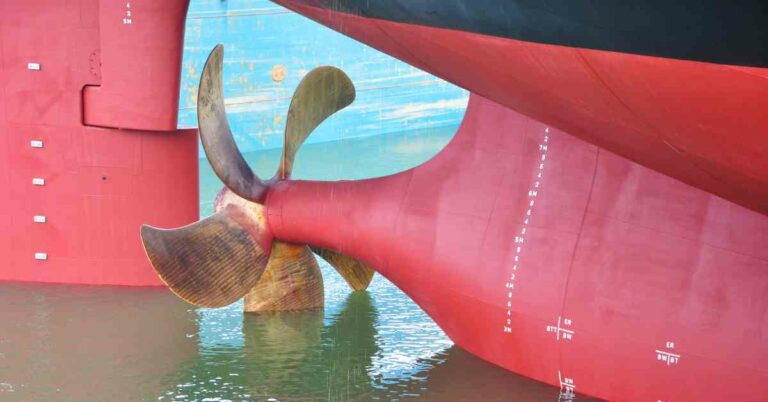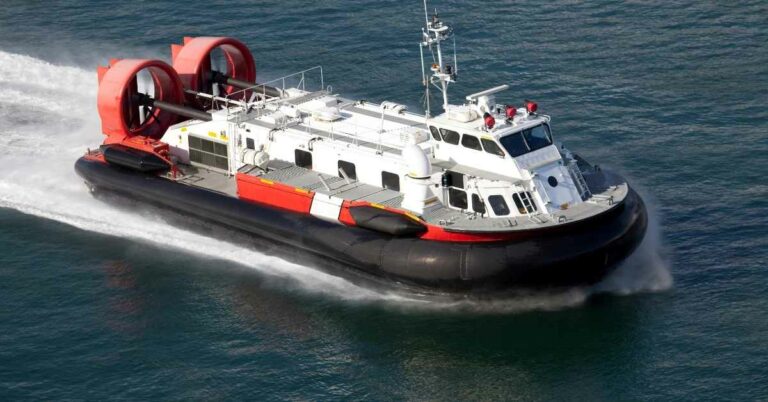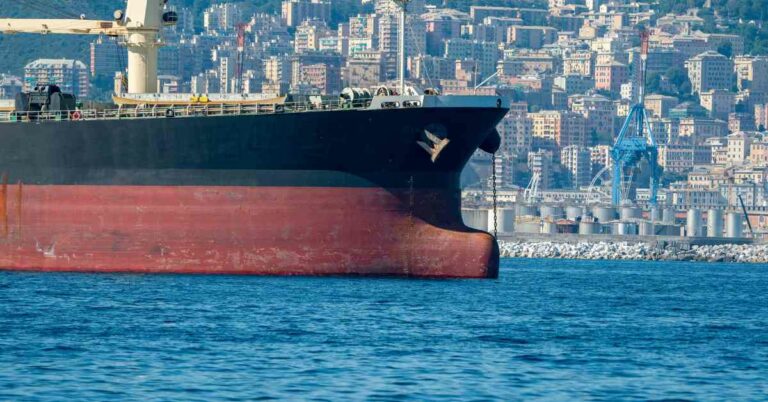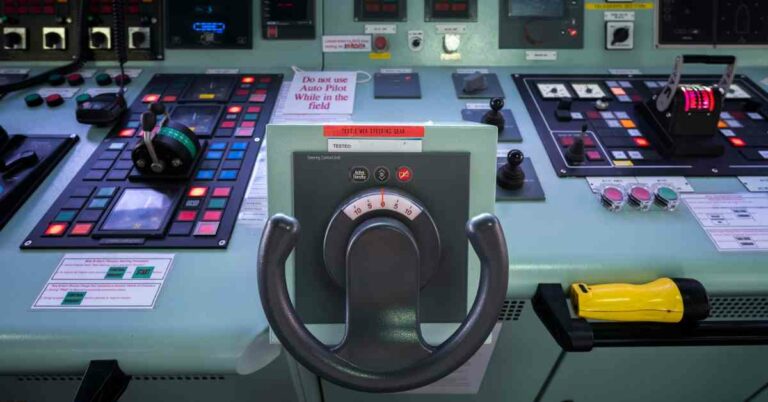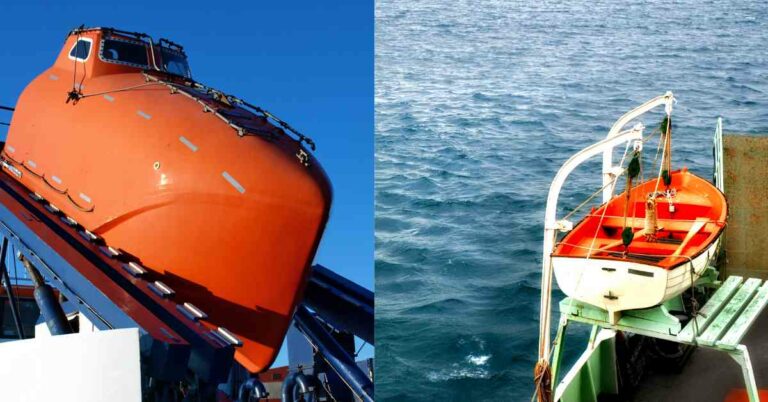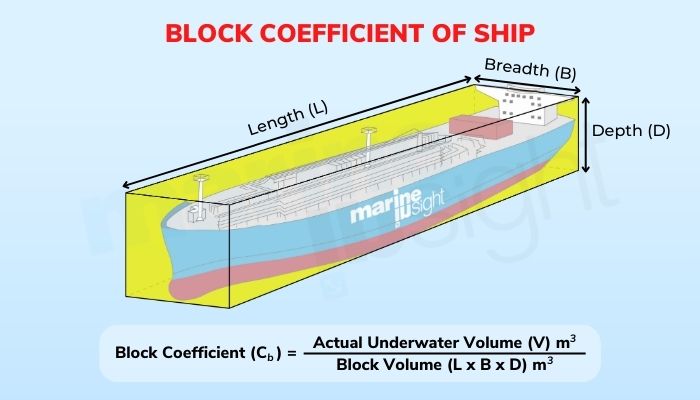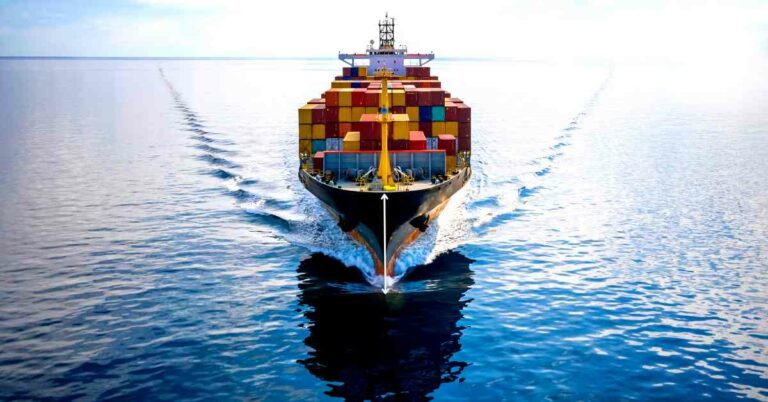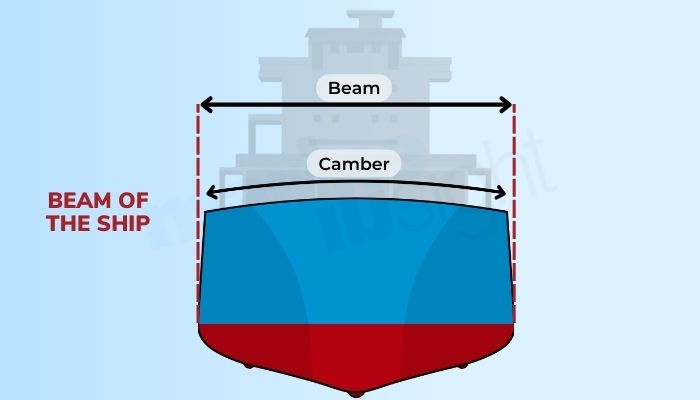What is a Skeg in a Vessel?
A skeg is a vertical tapering projection or an external structural feature at the aft of the vessel, about the centreline, directly attached to the vessel’s bottom shell plating, and mostly, but not necessarily, situated in front of the rudder.

